
Leintz Bailarako Ekiola: Arrasate's Energy Solution
Arrasate is a mid-size city located in Gipuzkoa, it is highly industrialized and most of the building are high buildings with lots of apartments, and those
The SHREC project addresses the challenge of transition to a low carbon economy, in relation with renewable energy use of business and households facilitating them to invest in low-carbon, renewable energy measures reducing CO2 producing activities and shifting to activities with low CO2 footprint. Urgent need for a transition to a cleaner, more sustainable and less carbon intensive energy future is evident.
The project overall objective is to improve regional and national policies increasing the share of energy from renewable sources in the overall energy mix and encouraging and facilitating the production and use of renewables by businesses, communities and households aiming at less carbon intensive energy future.
Partners jointly work aiming at encouraging business investments into renewable energy and new innovative technologies and increasing involvement of energy consumers as active players. To achieve the project goals partners will look at possibilities to encourage technological development in renewable energy (support for business, industry to develop new technologies) as well as to use of social innovation concept to involve consumers (households, communities, industry, business representatives, public authorities) in the transition process shifting towards renewable energy production and consumption.
The main project outputs are: 57 interregional learning events, 8 Action Plans addressing 7 ERDF and 1 local policy instruments, at least 15 good practices will be analysed and shared, 130 people will increase their professional capacities.
€1,844,165.00
Low-carbon economy
The SHREC project will tackle issues how to influence the renewable energy production and consumption by business, communities and households. Partners seek to increase the awareness among households, business and public actors of the need and opportunities to use renewable energy as the low-carbon alternative energy.
Cover image: annca via Pixabay
The OP for the Northern Netherlands focuses on two main priorities innovation and a low-carbon economy.
The Northern Netherlands regards the shift to a low-carbon economy, as a significant economic opportunity. The OP aims to increase the proportion of innovations that will help reduce CO2 levels supporting development of new products, concepts, technologies and services especially related to clean renewable energy that are directly related to low-carbon technologies that help reduce CO2 levels.
Increase the proportion of innovations in the Northern Netherlands specifically designed to reduce CO2 levels.
The OP aims to increase the proportion of innovations that will help reduce CO2 levels. The potential beneficiary is primarily the (organised) corporate sector. Activities that are eligible for support within this specific objective include:
• Innovation processes aimed at the development of new products, concepts, technologies and services that are directly related to low-carbon technologies that help reduce CO2 levels.
• Testing of innovative applications as well in clean energy that help reduce CO2 levels in a practical environment provided that the testing is a logical part of the innovation process.
• Creation or improvement of testing ground facilities that help reduce CO2 levels and which are designed to support innovation processes conducted by or involving the corporate sector.
The global objective of the OP QE is to support sustainable and efficient resource use ensuring environmental protection, active adaptation to climate change and promotion of an energy efficient, low-carbon economy. To achieve the above said global objective, following three basic thematic objectives were incorporated into the OP QE investment strategy:
• Supporting the shift towards a low-carbon economy in all sectors,
• Promoting climate change adaptation, risk prevention and management ,
• Preserving and protecting the environment and promoting resource efficiency.
Slovak Innovation and Energy Agency is implementing Priority Axis 4, Energy Efficient Low-Carbon Economy in all sectors by fulfilment:
- Promoting the production and distribution of energy derived from renewable sources (4.1)
- Promoting energy efficiency and renewable energy use in enterprises (4.2)
- Supporting energy efficiency, smart energy management and renewable energy use in public infrastructure, including in public buildings, and in the housing sector (4.3)
- Promoting low-carbon strategies for all types of territories, in particular for urban areas, including the promotion of sustainable multimodal urban mobility and mitigation – relevant adaptation measures. (4.4)
- Promoting the use of high-efficiency co-generation of heat and power based on useful heat demand (4.5)
In implementing this priority, investments will be made in activities that include the development of a coherent renewable resources energy (RRE) and the promotion of energy efficiency in various sectors: RRE in the field of heat and power, as well as in industrial enterprises, the modernization of heat and electricity networks in order to integrate into the market energy from RRE; Energy efficiency will be promoted throughout the energy chain (production, supply and consumption). Therefore, in order to effectively address the challenges of energy efficiency and renewable energy production and use, it is necessary to support such activities susing the ERDF and the SAF, which will allow the implementation of integrated approach projects, monitoring the implementation of the Priority Action Program and high-quality reporting.
This policy instrument is reflected in ROP two Investment Priorities:
Investment Priority 3.1 objective - Supporting energy efficiency, smart energy management and the use of renewable energy in public infrastructure, including public buildings and in the housing sector” is to support energy efficiency measures for public buildings aiming at deep renovation, including thermal insulation, rehabilitation and upgrading of heating systems together with the networks and installations, lighting and the building's energy management system.
Investments in increasing energy efficiency on the public infrastructure level and the residential sector focuses primarily on those administrative-territorial units that have developed local CO2 reduction strategies and sustainable energy action plans. It finances the use of renewable energy sources to provide the heating demand for heating and the preparation of hot water - solar thermal panels, solar panels, heat pumps, biomass thermal power plants.
With regard to Public Lighting, the replacement of incandescent public lighting systems by financing high energy efficiency lamps using renewable energy sources (e.g. photovoltaic panels) is to be funded.
Investment priority 3.2 objective – Promoting the low carbon emissions strategies for all types of territory, in particular urban areas, including the promotion of sustainable urban mobility plans and relevant measures to attenuate adaptations” is to reduce the CO2 emissions in urban areas.
Specific Objectives (SO):4.c. Reduction of energy consumption in buildings and public facilities, residential and non-residential use and integration of renewable sources. 4.b Reduction of energy consumption and emissions in business sector and integration of renewable sources. For both axis more than 190 M€ have been set, almost equally shared among the two. So far target fixed to 2023 have reached for about 60% for CO2 emissions reduction and energy efficiency, while for Renewable Energy Sources (RES) production the share is lower and need to be increased in the coming years. The above measures are part of an overall energy strategy, which is under implementation, following the provisions of Directive 2009/28/CE and the Ministerial Decree "Burden Sharing" by 2020. Besides, a Regional Energy Plan has been endorsed by the Executive Board in 2018 and it's now under environmental impact assessment before its final approval. It fix challenging targets to 2030. To achieve this result, several initiatives have already been implemented in the field of promotion of energy efficiency, development of RES, creation of innovation poles on energy issues. Thanks to SHREC project and exchange of good practices, REGPIE will enhance the use of RES also for the self-consumption in the business and private sector, will reduce energy consumption and introduce energy innovation systems in business and household sector, promoting smart grids and networks on regional levels.
One of The Local Action Plan objectives is " Optimizing municipal energy management and improve the municipal control of air quality and acoustic quality and encourage respectful environmental behavior of economic activities". The initiative 6 is “Intelligent Energy Efficiency”. The main initiatives of this objective are related to sustainable development of the City seeking to contribute to the economic and social development of the city under sustainability criteria and decrease in CO2 emissions, as well as increase in the quality of life of citizens and visitors improvingt in the environmental quality and reduce polluting gases into the atmosphere.
The aim is to carry out monitoring of energy consumption seeking to reduce CO2 emission and increase clean renewable energy consumption. To carry out energy consumption monitoring, it is planned in the city of Mondragon. The solution proposed is to develop of the monitoring application and establish specialized consultancy aimed at the optimization of energy management and use of renewable energy. This solution aims to improve, manage and exploit the clean energy and energy efficiency in municipal buildings and industries.
The ERDF-ESF Programme "Rhône-Alpes" aims to boost economic growth in the region) and contributes to achieving the Europe 2020 targets for smart, sustainable and inclusive growth.
The Programme addresses thematic priority TO4: Low-carbon economy and focuses on the following related priorities to:
• Enhance renewable energy production, energy efficiency in housing and tertiary buildings and sustainable multimodal mobility
Its expected related impacts are to:
• Reduce GHG emissions by 3 million teq CO2
• Increase in the production of renewable energies with additional 35 MW
• increase in the energy efficiency in housing for the benefit of 6120 households
Despite the high potential for RES production in the region, it is very unlikely that the expected impacts will be achieved. Some target groups such as SMEs and communities are still not fully involved in the energy transition and are rarely mobilising ERDF funds. In addition, new applications facilitating the development of electric RES such as demand response, energy storage and self-consumption are still rarely implemented.
Priority is therefore given to operations that encourage sustainable construction, favour regional trade and industry in the programme area and reduce climate impact. One way of achieving energy savings and developing clean energy products and services is environmentally sound procurement. There is a need to boost knowledge of how this opportunity can be used as a policy instrument in both the public and private sectors. Strategic collaboration between research and the private and public sectors benefits business opportunities and enterprise in the area of energy and environmental technology. Applied research in close collaboration with trade and industry should be developed. New technology, innovations and new services should be promoted through support for demonstration plants and test activity. The energy and environmental technology industry is closely linked to information technology. Smarter power grids and sustainable energy solutions require IT infrastructure. The possibility of improved communication through IT infrastructure can have a relieving effect on the transport infrastructure and consequently also have a positive environmental impact.

Arrasate is a mid-size city located in Gipuzkoa, it is highly industrialized and most of the building are high buildings with lots of apartments, and those

The Action Plan developed by the Piemonte Region is based on the implementation of two actions. The first one is aiming at promoting the energy renovation

On Tuesday, May 23, 2023, the South Muntenia Regional Development Agency organised online, through the Zoom platform, the Regional Training Event of the SHREC
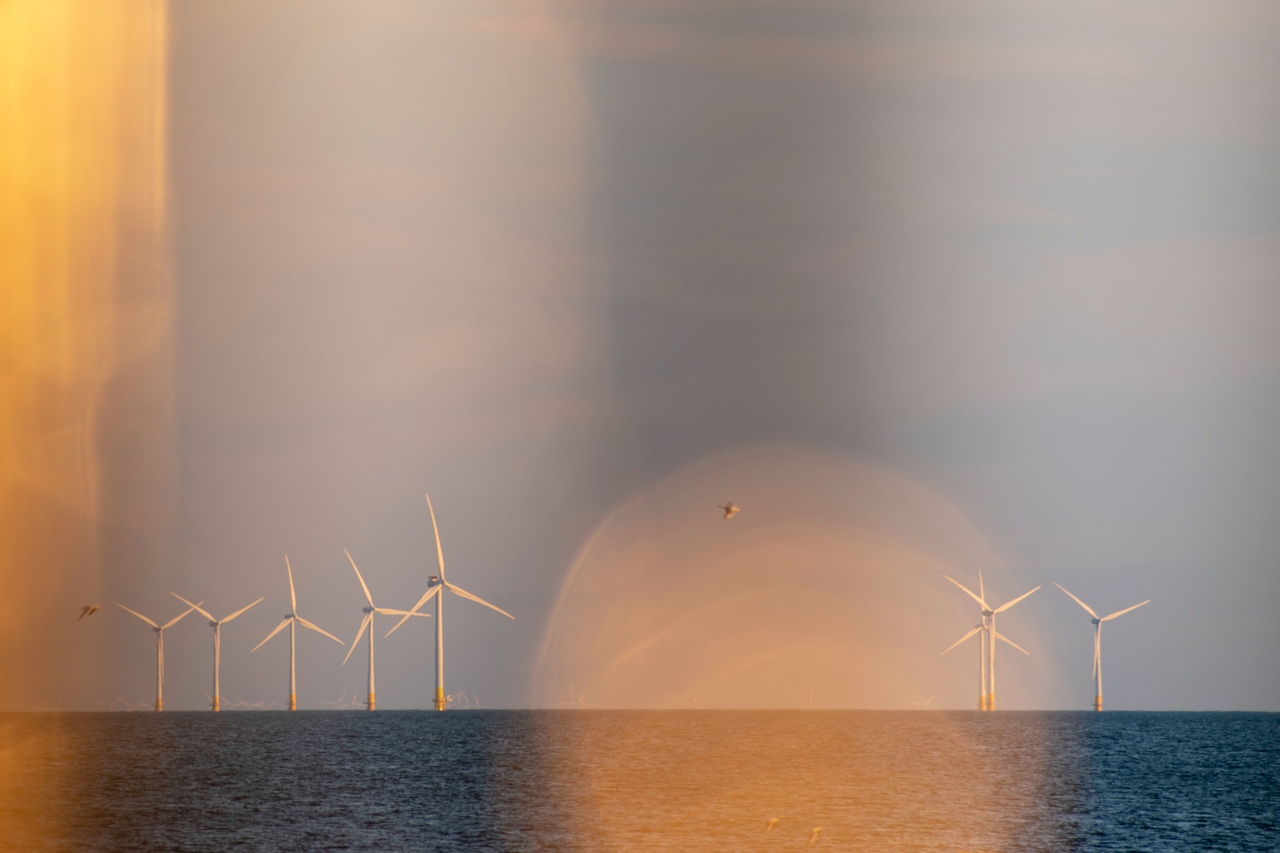
Lithuania is actively expanding its investments and demonstrating a strong commitment to promoting renewable energy sources across various sectors.
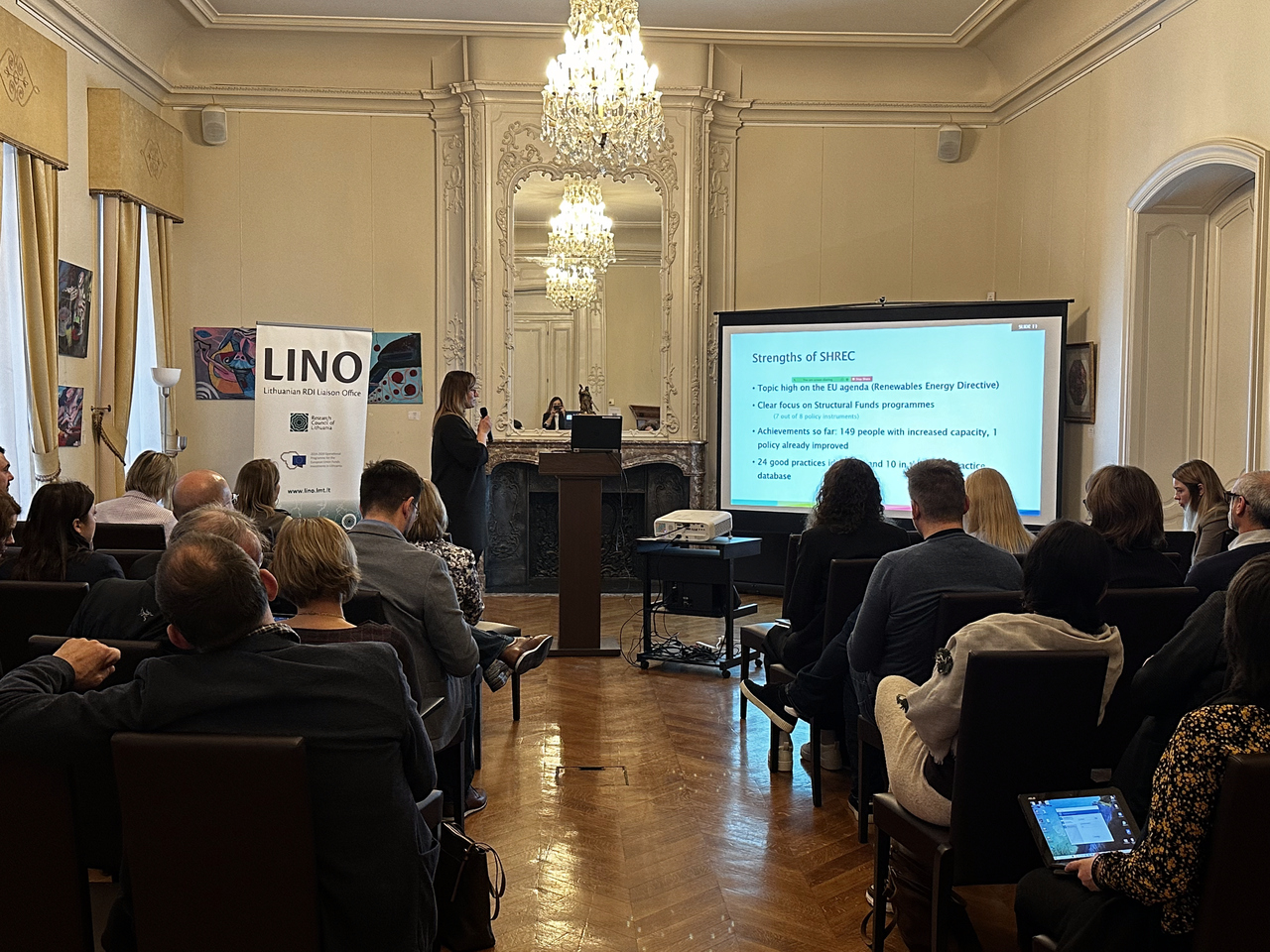
On March 20, SHREC project partners and stakeholders gathered in Brussels, Belgium, to conclude the SHREC project and share the good practices learned
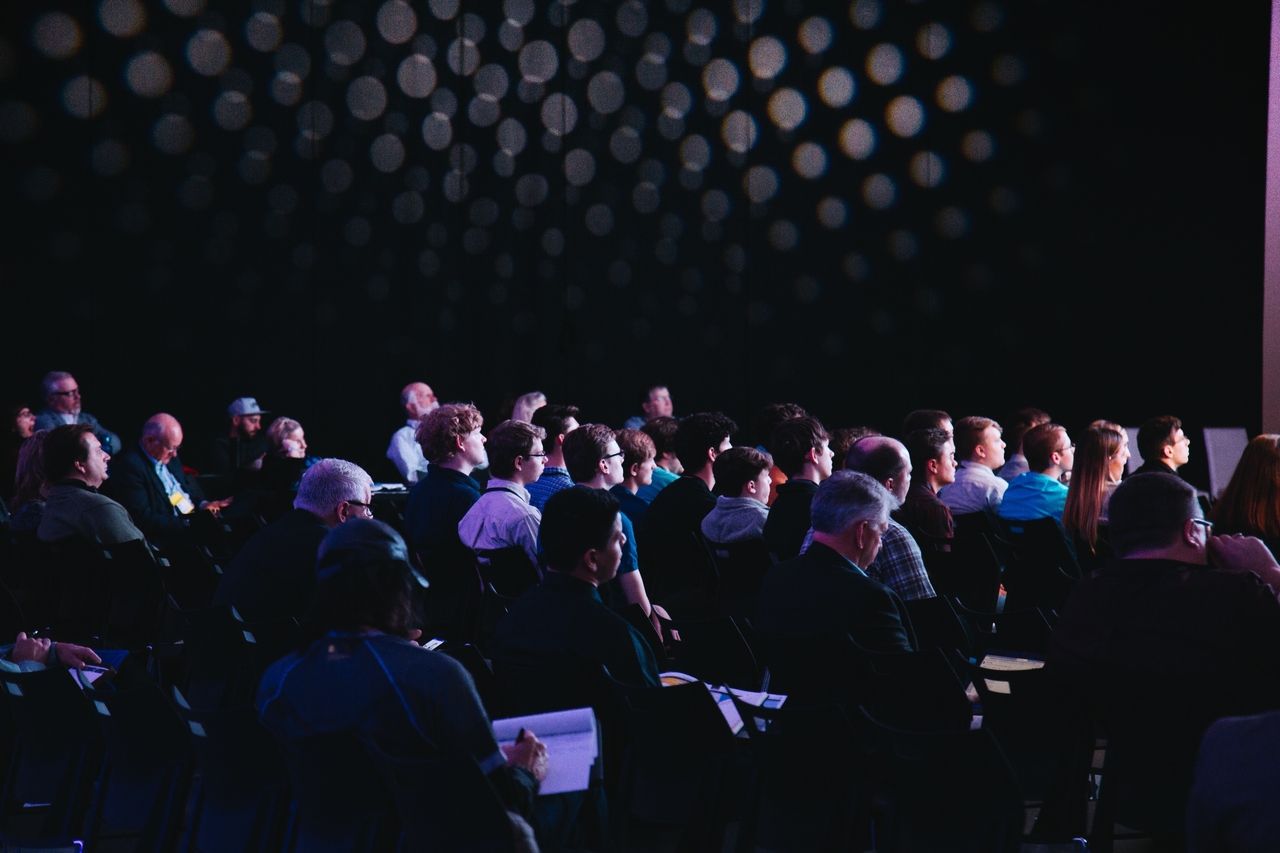
The European SHREC project is coming to a close, and on March 20, stakeholders, experts, and practitioners will gather for the SHREC project Closing
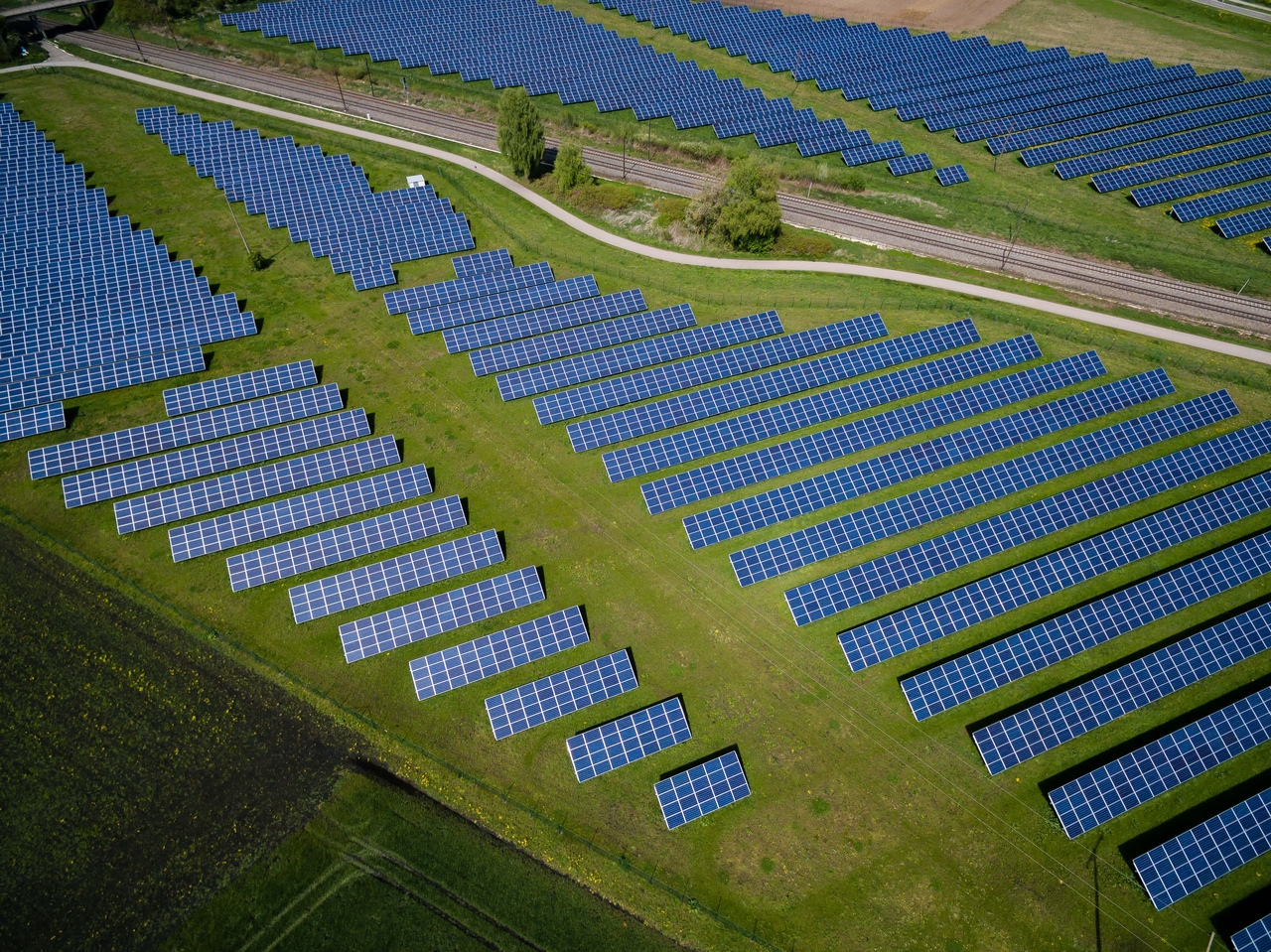
In the framework of the SHREC project, SHREC project partner AURA-EE has launched a legal study in 2022 about

On Thursday, February 23, 2023, the South Muntenia Regional Development Agency organised online, through the Zoom platform, the first regional dissemination
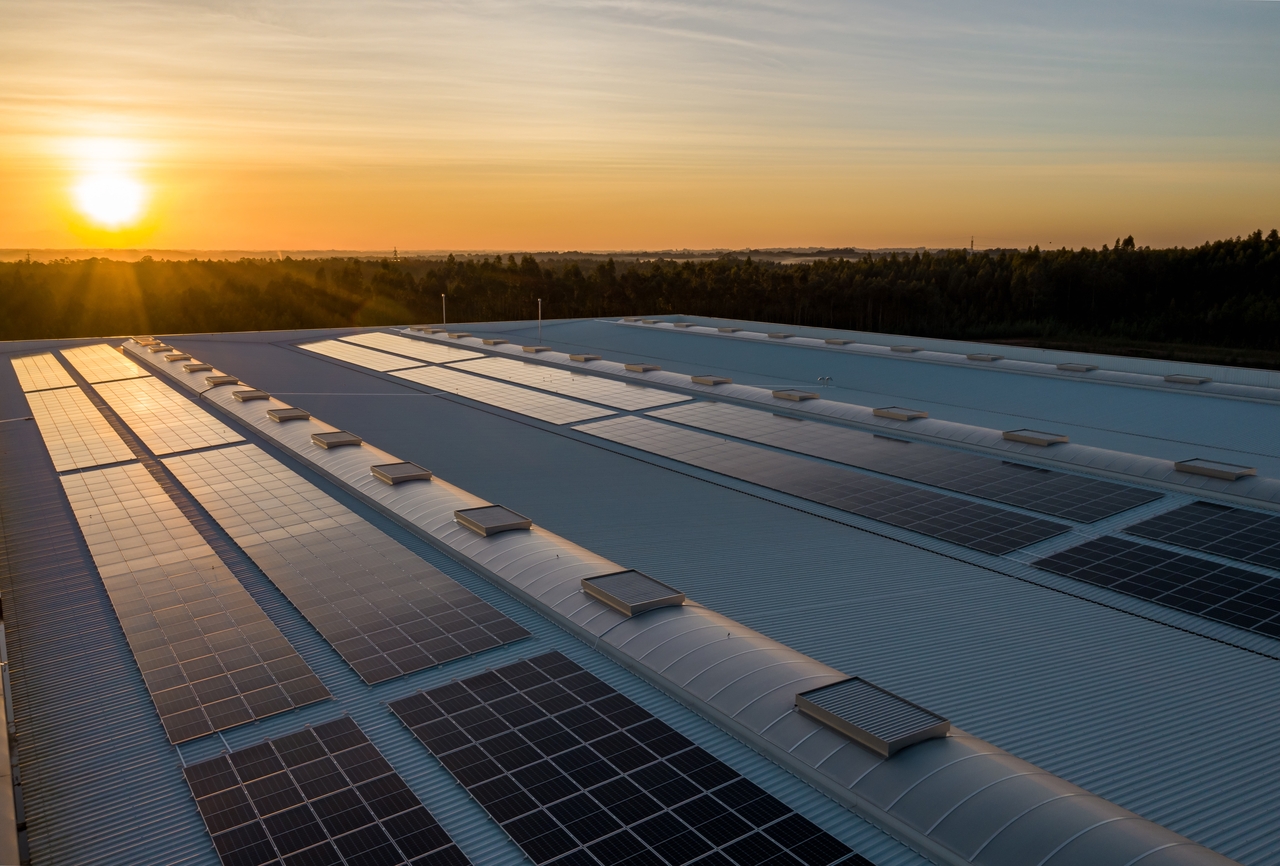
Midnorrland is lagging behind in solar power production, nationally and internationally. It is obvious that solar energy potential is being exploited poorly.
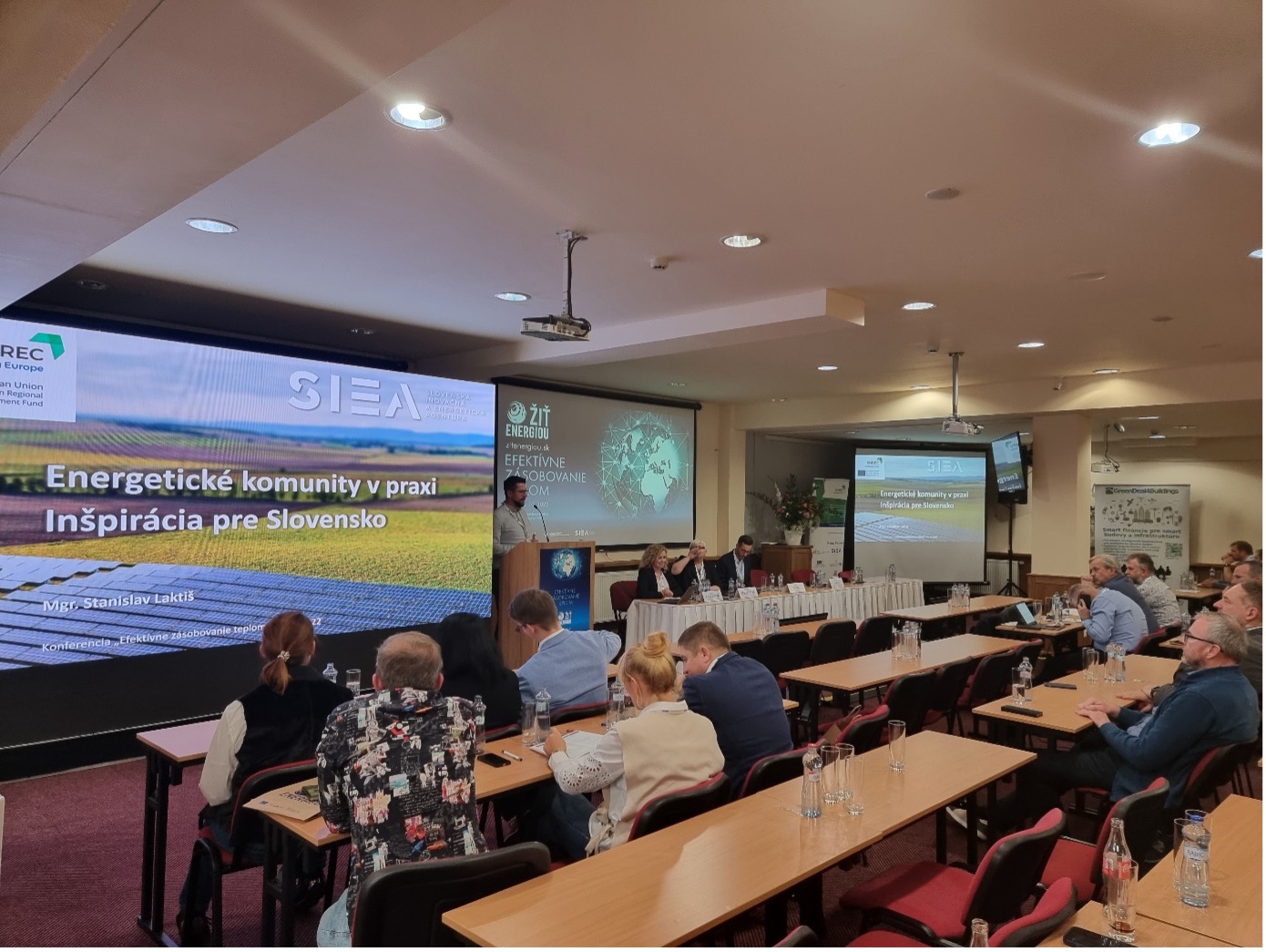
The Slovak SHREC project team reported on energy communities and the best practices from several European cities and regions in the professional conference.